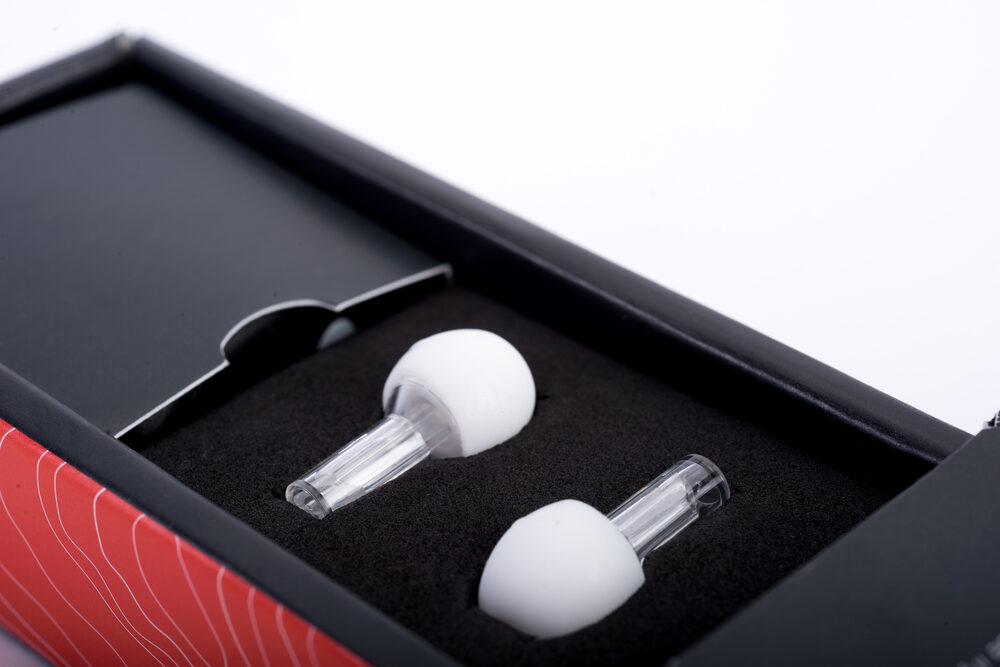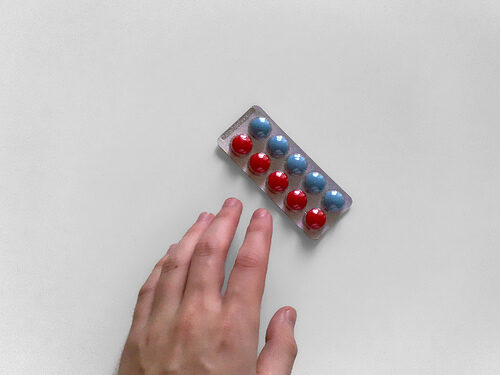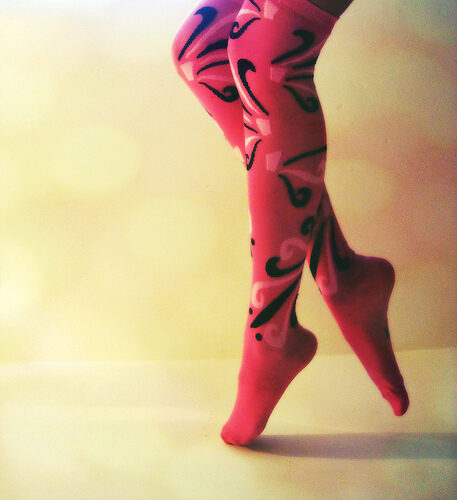Elizabeth Bartmess elizabethbartmess.com Book Cover via GoodReads.com [image: Cover of the book The State of Grace: A medium-green background covered with rows of lighter green happy face emojis tilted sideways, except one pink sad face emoji on the lower right. Large white text in an all-caps informal font reads: “The State of Grace” Smaller text in white script reads, “Rachael Lucas” Smaller white all-caps informal text in the upper right reads, “Sometimes fitting in means standing out.”] The State of Grace is a young adult novel narrated by Grace, a fifteen-year-old high school student who deals with common teenage issues like dating, friendships, family conflict, and birthday parties, while also being autistic in a world not designed for autistic people. Grace is a well-rounded and sympathetic character. She has various interests (horses, wildlife, Doctor Who, My Little Ponies), rides and cares for a horse, has friendships and complex relationships with…
Year: 2018
Vibes Hi-Fi Earplugs. Photo from www.discovervibes.com [image: White earplugs resting in a black box with red sides.] Jeff at Spectrum Disordered www.facebook.com/asdisordered First off, I am quite sensory sensitive/defensive to noise. “Bad” sounds shut me down and hurt, even at low volumes, if it is the wrong type of noise. My existing coping mechanisms have been playing music through in-ear headphones, and foam earplugs. I haven’t tried many stand-alone active noise-canceling products, save for a few hi-fi music headphones with noise cancelling features. In reviewing the Vibes earplugs, I am primarily contrasting them with foam earplugs. Unboxing The Vibes come in an attractive small package, containing items similar to what you would expect from music earbuds: the earplugs themselves, additional small and large fit rubber earbud inserts, and matchbook-sized carrying case. For anyone who has carried foam earbuds in a pocket, the carrying case is a bonus. Though the case is…
Photo © Taston | Flickr / Creative Commons [image: A white person’s hand reaching for a blister pack of red & blue pills] Maxfield Sparrow unstrangemind.com Autistic people stereotypically don’t drink alcohol, or take drugs. We love clear boundaries and rules, so we don’t do anything illegal. We’re generally less susceptible to peer pressure. And everyone knows drinking is a social activity, so obviously autistic people wouldn’t even drink, let alone become alcoholics. Right? Wrong. Not only do some autistics drink and/or use drugs, but we risk addiction as well. The roots of autistic people’s addiction can go all the way back to childhood, so it’s very important to think about how we are raising autistic children today—if we want to help them avoid the pitfalls of addiction in the future. Why Do Autistics Drink and/or Use Drugs? This question is easy to answer. Ask any autistic person—even those who…
Dyspraxia is when you have a lot of trouble with motor planning, which is our ability to learn new movements. So it’s not the practicing part of it, it’s the learning part. When you’re introduced to [a new movement], how smoothly can your brain understand what the demands are and get your body to do that?
The problem is not autistic hand flapping. The problem is when the decision has been made that hand flapping is annoying or weird, and not natural (and adorable!).
It’s important to avoid infantilising your teen or adult autistic offspring, meaning treating them as though they will always be a child—whether they’re five, fifteen or thirty-five.
Photo © Ivo Dimitrov | Flickr / Creative Commons [image: Illustration of a human brain, in profile, made of colorful cogs in various sizes and shapes.] Maxfield Sparrow unstrangemind.com [Content note: This post discusses suicidality, mental health, and death.] In the early 1990s, I was engaged to a man with epilepsy. He had tonic-clonic seizures and he was a big guy, so I was always alert to the possibility of an episode. I knew there were stores we couldn’t shop in, and roads I couldn’t drive down. I caught his body and lowered him safely to the ground more times than I can remember. I guarded him from the pressing crowd of curious onlookers when he came around after a public seizure. And I worried, feeling helpless, when his medication levels were off, and he had seizure after seizure. I can’t know what it is like to have epilepsy or…
Kerima Cevik http://theautismwars.blogspot.com “Please try to remember that what they believe, as well as what they do and cause you to endure does not testify to your inferiority but to their inhumanity.” -James Baldwin The Fire Next Time Photo © Kerima Cevik, posted with subject’s permission [Image: The author’s biracial nonverbal autistic son, at about age five, expressing shock through the gestural language he created.] San Francisco Autism Society Board Member Stephen Prutsman recently posted an opinion piece* to his organization’s blog, and while browsing newsfeeds on social media, I read it. The blog post disturbed me so much I posted a brief response in the comment section (which they did not publish). Mr. Prutsman headed his article with two images, a rainbow infinity symbol image he meant to represent the neurodiversity movement, and a disturbing photograph previously posted by his ASA chapter president (now removed), alleging to show property damage to…
Photo © RoseFireRising | Flickr / Creative Commons [image: Mandala made out of different colored and shaped pills, on a dark blue background.] Kit Mead kpagination.wordpress.com [Note: This post discusses anxiety, medications, and chemical restraints. It is meant to caution against overmedication and about risk factors in medication for autistic people, with the understanding that many autistic people rely on psychiatric medication for their health and well-being.] I would need more than two hands to count the psych meds I’ve been given. There are enough that I don’t remember all of them; it started in the first grade. Some were just regular ADHD meds—which I needed—not psychotropic. As years passed, others were anti-anxiety SSRIs, and then antipsychotics; many well before I’d hit the end of middle school (these include Risperdal, Paxil, and Wellbutrin). While I was not diagnosed autistic until I was 14 or 15, the logic under which these…
Sarah Cassidy’s INSAR 2018 SIG on autism and suicidality brought ~60 autistic people and autism researchers and professionals to discuss research on, and factors underlying and mitigating, suicidality in autistic people—as well as next steps for researchers. The statements and images below are from our original Twitter Moment compilation/report on this SIG. We then heard back that Twitter feeds can be difficult to parse and access for some, so we’ve created this version as well, edited for readability. Uncredited statements are from the Thinking Person’s Guide to Autism Twitter feed. —- Jon Spiers: Morning session on suicide and autism starting now at INSAR 2018 – a top priority for Autistica and Mental Health in Autism. At INSAR 2014, Sarah Cassidy was the only poster on suicidality. Now there is an entire INSAR 2018 track on autism, suicidality, and bullying. At IMFAR (INSAR) 2016, the SIG goal was to identify priority topic areas.…









